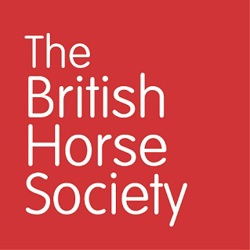Good welfare and equestrianism must, and do, go together. Through education and evidence-based decisions it is our aim that all horses have a good life, and are looked after and enjoyed throughout their life.
How can we help – The BHS Guiding Principles
Our Guiding Principles are a set of guidelines based around the Five Domains Model (2020) 1
which looks at animal welfare needs. Caring for a horse is a huge responsibility and we must
not only consider their physical requirements, but their emotional and mental wellbeing
needs too.

Our principles consider all parts of a horse’s life and are a roadmap to help you to
understand what to look for across these areas.
Suitable nutrition
chevron-down
chevron-up
- What this looks like:
• Free access to clean drinking water and an appropriate type and quantity of food to suit the individual horse.
• Making sure that the horse doesn’t go without forage for prolonged periods of time.
• Horses who need more than just forage are given additional food following an assessment of their nutritional needs.
• Effects of being too fat or too thin are avoided through fat scoring (also known as condition scoring) and correct nutrition and exercise.
• Horses on a weight management programme may have their feed intake controlled for their benefit using haynets, grazing muzzles and other appropriate safe measures.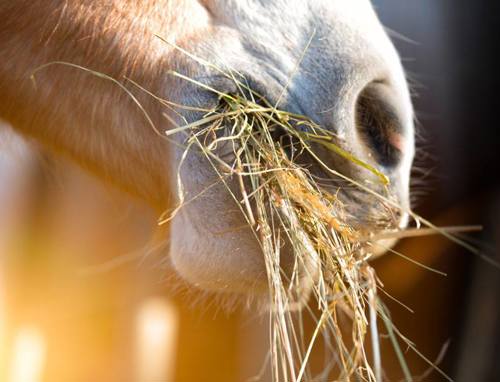
A suitable and safe environment
chevron-down
chevron-up
- What this looks like:
• Access to safe and appropriate shelter and turnout all year
• Horses can be stabled for some of the time given that the stable is a suitable size for the horse, but ideally, they should have access to turnout/grazing and/or exercise every day (unless stabled for medical reasons)
• The environment horses are kept in should be maintained in a way to reduce the chance of injury, for example, adequate, safe fencing
• Turnout is big enough for horses to express their natural behaviour. Click here to find out more about equine behaviour
• Shade and shelter are readily available
• The indoor environment should be well ventilated to maintain healthy respiratory health
• Horses may or may not have a rug on depending on the individual horse’s needs.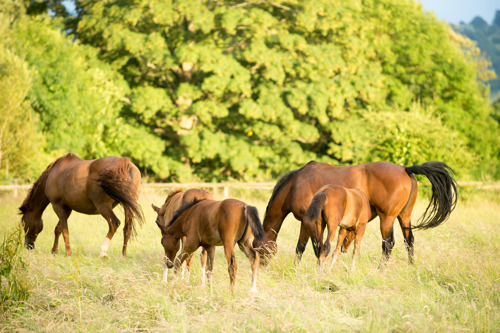
Photo credit: Jon Stroud
To be kept healthy and protected from pain, injury and disease
chevron-down
chevron-up
- What this looks like:
• The comfort of good health should be maintained in every horse.
• Routine and emergency care should be provided when needed and a veterinary health plan in place for every horse.
• Horses should be trained at a level appropriate for the individual horse and in line with the evidence-based theory of how horses learn. This means being trained in a way that’s in the best interest of the horse and promotes good welfare. Tack should be well fitting, and the horse should be ridden using sympathetic use of the aids.
• Understanding through evidence-based approaches how a horse’s behaviour would show us if the horse was stressed, fearful or showing signs of pain, as this would reduce the overall state of their welfare.
• When training your horse additional support should be sought from a professional if necessary, for example, a BHS Accredited Professional Coach.
• Horses should be cared for and maintain a good quality of life, throughout their life. Providing the right care at the end of a horse’s life is the last, and possibly greatest, thing we can do for them.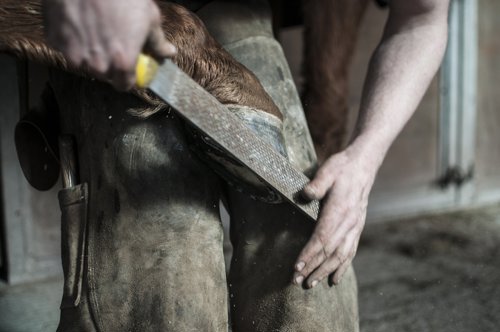
Understanding the horse’s behavioural needs when interacting with their environment, other animals and people
chevron-down
chevron-up
- What this looks like:
• Horses can express their natural behaviours in response to their surroundings, for example natural foraging in a safe environment.
• Enrichment of their environment if turnout is restricted, for example, if on box rest. Ideas on how you can provide enrichment can be found here.
• Understanding that horses are herd animals who like to live in social groups if possible. This could be stabled next to each other, or in the field where positive interaction can take place, and they can move away from negative interaction with another horse. Sometimes horses will be in a field on their own, but they should always have sight of other horses.
• Sheep, cows and other non-horse companions can provide temporary companionship when another horse isn’t available.
• Horses should like being around us. Listening to the horse and using kind, empathic evidence-based training can help the relationship flourish.
• The ability to move freely, such as adequate turnout and being ridden empathetically.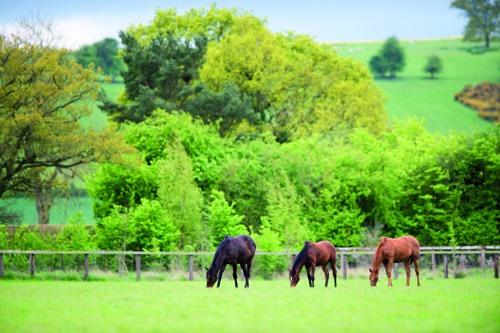
Mental state and subjective experiences
chevron-down
chevron-up
All the previous four principles (or domains) feed into this final fifth principle/domain which states that we can’t understand the overall welfare state of the horse without considering their mental wellbeing and how they experience the world.
- What this looks like:
• Being aware of how the horse’s nutrition, environment, health status and behavioural interactions with their environment, other animals and people have a vital impact on their mental state.
• Paying as much attention to the horse’s mental wellbeing as to their physical health.
• Concentrating on actively promoting positive experiences rather than just preventing negative ones.
Through education, support and continuing to be a voice for horses we can improve how our horses live, and make sure equine welfare remains a priority for all.
Reference
chevron-down
chevron-up
1. The 2020 Five Domains Model: Including Human–Animal Interactions in Assessments of Animal Welfare: https://doi.org/10.3390/ani10101870
